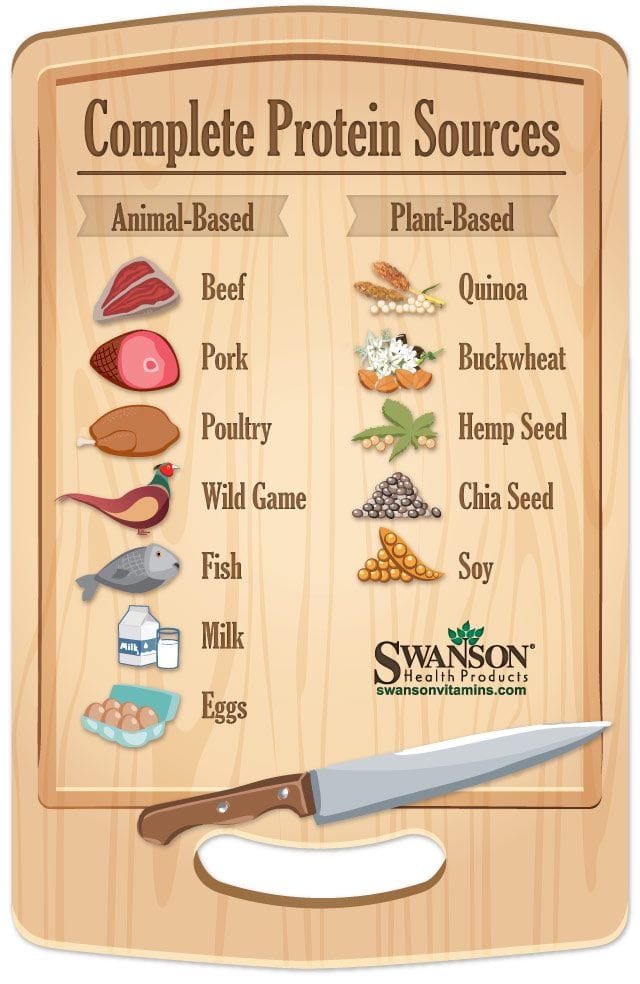Why Wait? Unlock the Power of Protein Today

On average, Americans eat more than enough protein. Exceeding the total daily amount by double with consumption of 1.2 to 1.6 g/kg/day. The recommended daily amount (RDA) which is 0.8 to 1.0 g/kg per day.
Even though the daily amount is high, two key factors, protein quality and bioavailability, are often overlooked.
High protein intake doesn't guarantee optimal protein utilization. People often emphasize muscle growth and strength as the main reason for consuming sufficient protein. Although this is true, proteins are also vital for many other critical bodily functions.
Take, for example, human cells. Brain, skin, intestinal and stem cells. If we remove water from the equation, protein accounts for 50-60% of the weight of the cell. Protein building blocks form the body’s biological nano bots.
The immune system functions as a boastful biological army and the building blocks are proteins. Antibodies, immune cells and signaling molecules fall to the wayside if there is protein deficiency. If the complete amino 20 amino acid profile is missing from the diet, the immune system suffers and it does not take much for recurring illness because of poor immune defense.
When we talk about quality, we refer to amino acid profile. The body makes 11 amino acids, but we must get 9 essential amino acids through our diet. Now, imagine eating enough daily protein but missing out on those 9 essential amino acids. It would be like building a house with plumbing but forgetting to put in the pipes. Just a disaster waiting to happen
Bioavailability
Bioavailability defines how easily the body can digest, absorb, and use proteins. Calculated as a percent.
Whey protein processed from milk during the cheese-making process has the highest possible bioavailability, around 100%. Eggs are the best naturally occurring, bioavailable food source with a complete amino acid profile at 100% bioavailability.
All foods are not created equal
Examples of inferior quality proteins include wheat, rice, and corn proteins which lack essential amino acids and have less than 70% bioavailability.
Most plant-based proteins lack one or more essential amino acids and have an unbalanced essential and non-essential amino acid profile making them inferior to animal based proteins, in terms of quality and bioavailability. The fiber and anti-nutrients limit absorption, but there are ways to improve usage. You can pair plant proteins with other sources mixing and matching to improve protein quality.
Like rice. If you pair it with beans, it becomes better boosted high quality protein.
Protein Quality
Look for protein that's not just complete, but also easy for your body to use—it's important! Here are some tables below.

Food preferences will make it challenging for individuals to who are plant based versus animal based diets.

My choice is both plant and animal-based protein. Best of both worlds. For vegetarian and vegans, gaining the recommended daily intake could mean consuming 100-200 g of protein a day to get the 70-80 g for someone who is 70kg.
As an example, let’s look at chicken and lentils. 3 oz of chicken contains around 25g of protein. 3 cups of lentils have around 25 g of protein but because of bioavailability, one would need to eat closer to 4 cups of lentils. That’s a lot of lentils.
Because of lower bioavailability, plant proteins like lentils require significantly larger portions to match the usable protein in animal sources like chicken, emphasizing the challenge of meeting protein needs solely through plant-based diets.
Improve protein usage
One method to the madness is pairing your protein with health fats like avocado or olive oil. The addition of fats slows digestion and transit time through the GI tract allowing for maximal nutrient and amino acid absorption.
Digestion
Don’t overcook your protein. High heat cooking degrades the amino acids reducing the bioavailability. Safer food preparation option like boiling, poaching and steaming are better options.
Certain foods a contain natural digestive enzymes. These enzymes, called proteases, break down the proteins into their amino acids aiding in digestion. Some typical examples include pineapple and papaya.
Simple to under rated is increasing you water intake. We want the cells of the intestinal tract to work efficiently and this won't happen if dehydration is present.
Spread the protein around better
Consuming your daily protein requirement in a single meal is difficult. Aim for 20–40 grams of protein per meal. It helps build muscle and speeds up tissue repair. The timing of protein intake after exercise is crucial because it maximizes the absorption period, which is essential because of the body's increased protein needs after physical activity.
Bringing it all together
Protein quantity isn't everything; quality and absorption are crucial for complete nutrition and optimal health. This is an important awareness and knowledge gap which has a simple fix. Even though food items may state a certain protein amount arming yourself with the right knowledge ensures improved nutrition health. Sometimes it’s the small changes which make all the difference. Healthier cells, increased strength and a boosted immune system are only a few of the many health benefits.